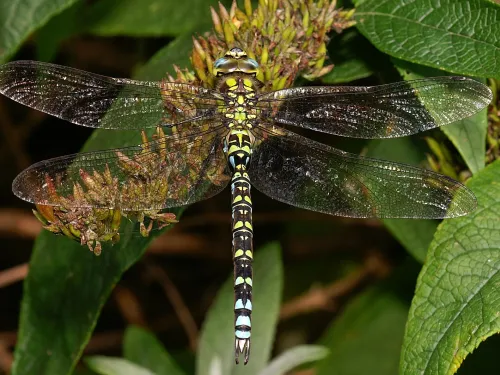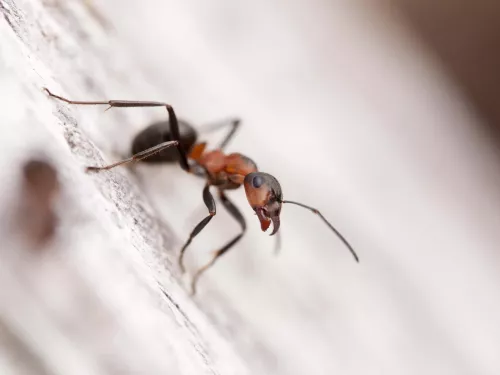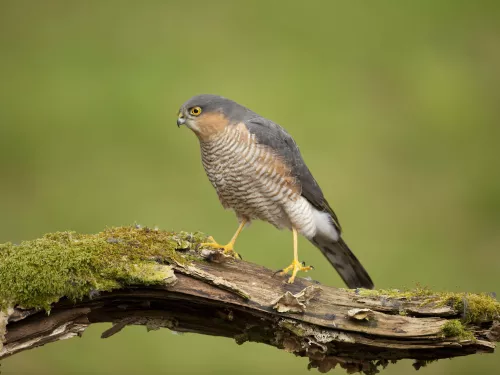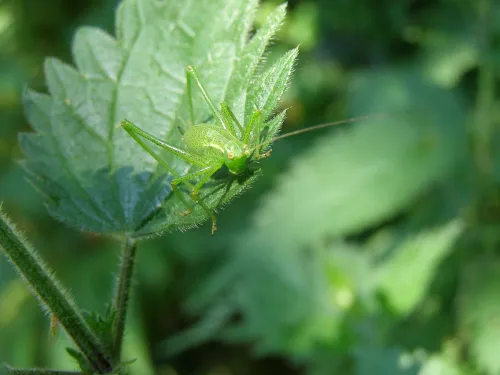
Southern hawker
A common dragonfly of ponds, lakes and canals near woodland, the Southern Hawker can be seen patrolling the water or 'hawking' through woodland rides. A fast-flying species, it will catch its prey mid-air.
Want to learn more about wildlife near you? You're in the right place, search below and discover the nature you can help protect in Kent.

A common dragonfly of ponds, lakes and canals near woodland, the Southern Hawker can be seen patrolling the water or 'hawking' through woodland rides. A fast-flying species, it will catch its prey mid-air.
This is probably the most widespread and commonest of the marsh orchids.

The most common wood ant is the southern wood Ant, or 'red wood ant', which is found in England and Wales. An aggressive predator, it plays a vital pest control role in our woodlands.

The sparrowhawk is a small bird of prey that can be found in all kinds of habitats and often visits gardens looking for its prey - small birds like finches, tits and sparrows.
A common plant of disturbed ground like roadside verges and field edges, the spear thistle has purple, fluffy flower heads that appear in summer. Its flowers attract insects and its seeds feed birds.

The Speckled bush-cricket, as its name suggests, is covered in tiny, black speckles. It can be found in scrub, hedgerows and gardens throughout summer. Males rub their wings together to create a 'song' for the females.

The speckled wood prefers the dappled sunlight of woodland rides and edges, hedgerows and even gardens. Despite declines, its range has spread over recent years.
Sphagnum mosses carpet the ground with colour on our marshes, heaths and moors. They play a vital role in the creation of peat bogs: by storing water in their spongy forms, they prevent the decay of dead plant material and eventually form peat.

The spiked shieldbug has fearsome shoulder projections or 'spikes' and a predatory nature. This brown bug feeds on caterpillars and other insects in woodlands and on heathlands.
Look out for the feathery leaves of Spiked water-milfoil just below the surface of streams, ditches, lakes and ponds; its red flowers emerge from the water in summer. It provides shelter for a range of aquatic wildlife.
A small woodland and hedgerow tree, Spindle is most striking in the autumn when clusters of bright pink-and-orange berries hang from its twigs, providing food for mice, birds and even Red Foxes.
Spiny lobster, crawfish, crayfish, rock lobsters - many names, one animal! This pretty lobster was made extinct in many areas through overfishing, but is now making a slow comeback.